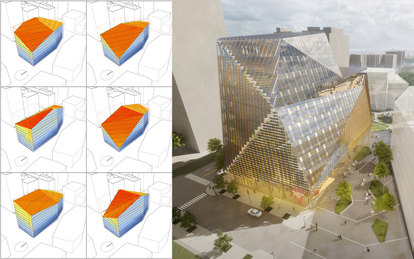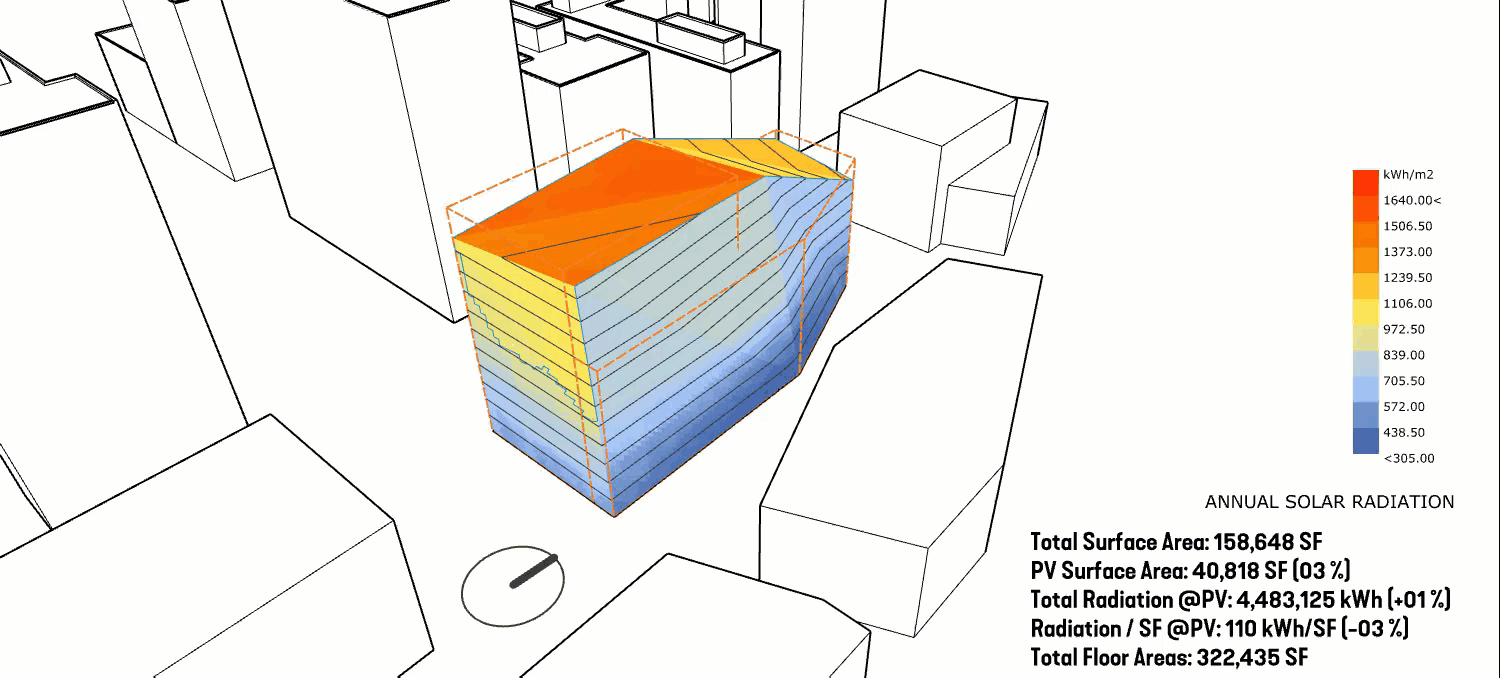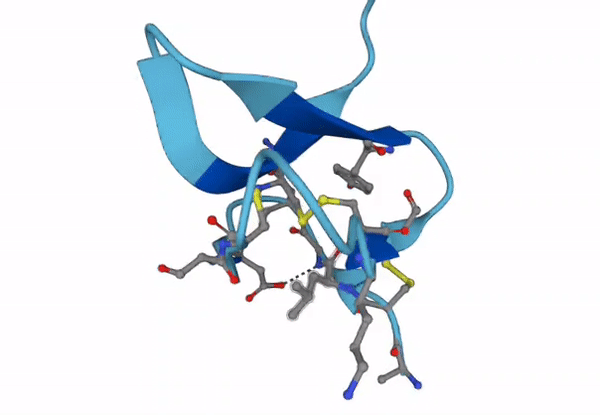Beyond Imagery: The Application of AI to Architectural Design

How can AI help us create more meaningful, human-centered architecture?
We are witnessing the emergence of the artificial intelligence (AI) revolution, which is poised to transform nearly every industry, much like computation and the internet did in previous decades. While debates about the potential impact of AI range from eliminating menial work to job displacement and doomsday scenarios, there are significant near-term opportunities for AI to positively shape many fields including the architectural and engineering (AE) industry.
The fundamental question is, what can AI offer the act of design that other tools cannot? Or as Vitruvius might have posed it 2,000 years ago, “How can AI advance our pursuit of commodity, firmness, and delight?” Understanding and leveraging the specific and beneficial applications of AI to the design process can expand creative possibilities in architecture. Thoughtfully applied, AI can help advance the built environment to be higher performing and more in the service of humanist considerations.
Caveat/Skepticism of Tools
Throughout history, skepticism has frequently accompanied the introduction of new tools. For example, there were concerns about the loss of jobs from the industrialization of weaving in the 19th century – as well as more recent concerns about the perceived loss of documentation quality in the transition from hand drawing to CAD and subsequently BIM tools. However, these tools ultimately proved their value in revolutionizing their respective industries.
The perpetuation of biases built into the models and datasets AI uses is another significant concern that must be addressed. It is crucial to approach AI with a balanced mindset, acknowledging potential skepticism and valid criticism while recognizing the value new approaches can bring to the realm of architectural design.
Just as the use of CAD/BIM in design did not negate manual sketching and model building as elements of design exploration, AI will not negate those modes either. It will add another set of possibilities. Picasso said, “I find things when I draw.” That sense of discovery can be true of the use of any tool/modality. The act of manual drawing will suggest one range of possibilities, while working with physical or digital models will suggest another. Working with AI can produce some compelling, mode-specific outcomes as well.
AI as a Tool of Discovery
Unlike image generators that simply produce stochastic (statistical) designs, AI can contribute to true value-enhancing generative design. By testing thousands of design options and moving beyond traditional rules of thumb, AI can learn from iteration and identify novel and superior design directions. For example, SmithGroup's Virginia Tech Innovation Campus project showcases the potential of AI for creating innovative building forms in ways that would have been inconceivable using a previous generation of tools.
To assist with the design for the Innovation Campus’ first academic building, SmithGroup built an algorithm to adjust and flex the building’s geometry within given zoning requirements. As David Fersh and Peter McNally explored in a related article for Work Design Magazine, hundreds of different massing options were produced, evolving over 1,400 variations to meet the targets for floor-area, maximizing photovoltaic output, and minimizing envelope area to reduce construction cost. While the team played a vital role in setting the design parameters and metrics for evaluation, AI was used to help evaluate initial design options and inform the next evolution of possibilities. This allowed for intelligent, automated iteration and in some cases surprising, unanticipated results that were further developed and explored.
The result is both high performing and iconic: a sculptural urban form that will generate electricity through an optimized photovoltaic skin while offering occupants generous views and comfortable, daylit spaces.

The building’s final form viewed from the southeast. The façade incorporates two types of building-integrated photovoltaics in addition to rooftop PV.

Interior spaces are well daylit with phenomenal views. The building integrated photovoltaics (BIPV) are experienced from both the exterior and interior as patterning and shading.
Addressing Complexity
When used correctly, AI should not aim to mimic or replace the creative act but rather serve as a powerful tool that expands creative possibilities. By leveraging AI, architects can benefit from deeper and quicker analysis across various parameters such as structural integrity, energy efficiency, system comparisons, daylighting, carbon footprint analysis, and more. AI enables architects to explore complex multivariable analyses to inform innovative design solutions.
While the architectural industry is still in early adoption of AI, we can look at examples in other industries that have found real world applications with significant positive impact. One example is the work of AlphaFold, which, through deep-learning algorithms, has been able to predict possible protein molecular structures. In a complex process that previously took years, AI can discover proteins in days or hours. This protein prediction will benefit drug discovery, disease understanding, agriculture, biotech, and innumerable other fields of study. Given this ability to manipulate and resolve complex protein geometry, it is not difficult to imagine a future ability to analyze and model complex architectural spaces in a similar way.
In an effort to develop and realize this potential for AI to harness architectural complexity, SmithGroup partnered with Oak Ridge National Laboratory (ORNL) on a project using machine learning to augment energy modeling for building design. The project leveraged ORNL supercomputers to run energy-model-simulation software for 256,000 buildings across a variety of types and climate zones. The results of this work were published in the Journal of Building Engineering and demonstrate the suitability of using energy-model-simulation data to train machine-learning algorithms.
The ultimate goal of this research is to provide a design tool that provides real-time feedback about energy use for design alternatives based on AI insights drawn from a deep database of simulations. Rather than having to reprocess the energy model each time a change is made, the real-time feedback informs each design change and allows for more variations to be considered.

The ORNL/SmithGroup study generated an AI model for energy performance that pre-simulates 4.7 million possible design iterations. Once the prototype model is fully developed for application, it will calculate the performance of new design options in real time.
Discovering Hidden Patterns and Insights
Other disciplines have found impressive applications for AI, ranging from nuclear fusion research and fraud detection in financial markets to cancerous cell identification. These disciplines have successfully utilized AI to find patterns and insights that were previously unattainable. Similarly in engineering and design, AI can uncover hidden patterns and insights that enhance design potential.
This pattern recognition requires large datasets to be useful, so currently the architectural applications are limited. Harnessing existing data sets will be instrumental in fostering early adoption. For example, SmithGroup applied machine learning to better predict future hospital program requirements based on a large body of past-patient room occupancy data. As this technology becomes more prevalent and datasets continue to grow, we can foresee the design potential for it expanding rapidly.

AI pattern recognition can help extract detailed space and facility utilization information from large data sets, helping to improve programming and design decisions.
The application of AI to the architectural design process holds significant promise. Rather than replacing creativity, AI serves as a powerful tool that expands creative possibilities and enhances the quality and performance of design outcomes. By leveraging AI for deeper analysis (including complex multivariable evaluations, generative design, visual exploration, and leveraging large data sets), architects can unlock new levels of possibility and exploration. Embracing the potential of AI can propel the AE industry forward, leading to more sustainable, aesthetically novel and delightful, and more human-centric built environments.

